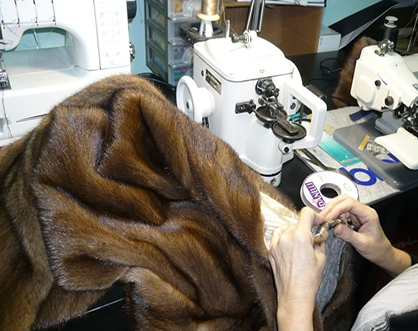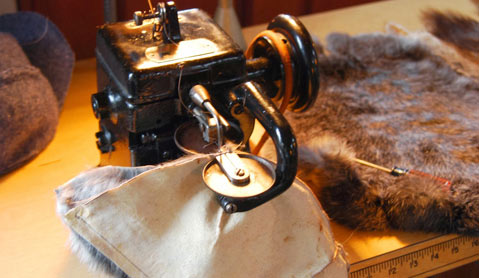Learning about the fur trade involves understanding its historical significance, economic aspects, social impact, and the various players involved. Here’s a step-by-step guide on how to learn about the fur trade:
- Start with Background Research:
- Begin by researching the fur trade’s history, which spans several centuries and regions. Understand the different eras, locations, and key players involved.
- Read Books and Articles:
- Look for reputable books and academic articles on the fur trade. Some classic texts include “The Fur Trade in Canada” by Harold Innis and “Empire of the Bay” by Peter C. Newman.
- Visit Museums and Exhibits:
- Many museums, especially in regions with a strong fur trade history (such as Canada and the American Midwest), have exhibits dedicated to the fur trade. These can provide a hands-on learning experience.
- Online Resources:
- Explore online resources, including websites, documentaries, and academic papers. Websites like the Canadian Museum of History and the Hudson’s Bay Company Archives offer valuable information.
Fur Coat Repairs Are Us Marc Kaufman Furs
- Explore online resources, including websites, documentaries, and academic papers. Websites like the Canadian Museum of History and the Hudson’s Bay Company Archives offer valuable information.
- Join a Historical Society:
- Consider joining a local historical society or fur trade reenactment group. These organizations often offer educational programs, events, and access to experts.
- Watch Documentaries and Films:
- There are several documentaries and historical films that cover the fur trade. Examples include “The Fur Trade” by PBS and “The Revenant” (though it’s a fictionalized account, it provides some insights).
- Study the Economics:
- Understand the economic aspects of the fur trade, including its impact on global trade, the role of fur companies like the Hudson’s Bay Company and the North West Company, and the development of trading posts.
- Learn About Indigenous Involvement:
- Recognize the vital role that Indigenous peoples played in the fur trade. Study their cultures, languages, and the treaties and agreements that shaped their interactions with European fur traders.
- Understand the economic aspects of the fur trade, including its impact on global trade, the role of fur companies like the Hudson’s Bay Company and the North West Company, and the development of trading posts.
- Read Primary Sources:
- Delve into primary sources such as journals, diaries, and letters from fur traders and explorers. These can offer firsthand accounts of the fur trade.
- Visit Historic Sites:
- If possible, visit historic fur trade sites like trading posts, forts, and rendezvous locations. Walking in the footsteps of fur traders can provide a deeper understanding.
- Attend Lectures and Seminars:
- Look for lectures, seminars, and conferences related to the fur trade. These events often feature experts who can provide valuable insights.
- Engage in Discussions:
- Join online forums, discussion groups, or social media communities dedicated to fur trade history. Engaging in conversations with others who share your interest can enhance your learning.
- Take Courses or Classes:
- If you’re particularly passionate about the fur trade, consider enrolling in courses or workshops offered by universities or educational institutions.
Fur Sewing machine
- If you’re particularly passionate about the fur trade, consider enrolling in courses or workshops offered by universities or educational institutions.
- Write or Create:
- Summarize what you’ve learned through writing articles, essays, or creating presentations or videos. This can help reinforce your knowledge and share it with others.
- Stay Updated:
- Keep up with new research and discoveries related to the fur trade. The field of historical studies is continually evolving.
Remember that learning about the fur trade is a multi-faceted journey that can involve a combination of historical research, cultural exploration, and engagement with experts and enthusiasts. Be open to different perspectives and interpretations as you deepen your understanding of this important historical phenomenon.


